“On the International Day for Biological Diversity, we reflect on our relationship with humanity’s life-support system, from the air we breathe and the food we eat, to the energy that fuels us and the medicines that heal us, our lives are wholly dependent on healthy ecosystems,”
UN Secretary-General António Guterres
While there is a growing recognition that biological diversity is a global asset of tremendous value to future generations, the number of species is being significantly reduced by certain human activities from illegal logging to poaching wildlife.
Biological diversity is often understood in terms of the wide variety of plants, animals, and microorganisms, but it also includes genetic differences within each species.
In a delicate balance, biodiversity reflects differences between varieties of crops and breeds of livestock as well as the variety of such ecosystems as lakes, forests, deserts, and agricultural landscapes, that host myriad interactions among their human, plant, and animal guests.
But, the loss of biodiversity threatens all, including health. It has been proven that biodiversity loss could expand zoonoses – diseases transmitted from animals to humans. Keeping biodiversity intact offers excellent tools to fight against pandemics like those caused by coronaviruses.
- Theme 2023:
"Moving from talk to action: build back biodiversity."
From towering forests to the depths of the sea, Countless species reside, each vital to keep. But human actions have taken a toll, Once-thriving habitats, degrading and frail. #BuildBackBiodiversity, our duty, our mission, Revive nature, a critical ambition. The time is now, to heed the urgent call, Reverse biodiversity loss, for humanity’s survival.
- Did you know?
🌳 Current negative trends in biodiversity and ecosystems will undermine progress towards 80 per cent of the assessed targets of eight Sustainable Development Goals (SDGs).
🌳 Three quarters of the land-based environment and about 66 per cent of the marine environment have been significantly altered by human actions.
🌳 1 million animal and plant species are now threatened with extinction.
🌳 Poaching and illegal trade contribute directly to the extinction of many species.
🌳 Illegal logging is estimated to account for between 10 and 30 per cent of the global timber trade.
🌳 Fish provide 20 per cent of animal protein to about 3 billion people.
🌳 More than 80 per cent of the human diet is provided by plants.
🌳 Nearly 80 per cent of people living in rural areas in developing countries rely on traditional plant‐based medicines for basic healthcare.
 We cannot afford to lose it
We cannot afford to lose it 
- What your students and you can do?
- Curricula : Sciences ; Geography; Languages ; Civics.
- Levels : All levels. Different activities may be adapted to the level you are teaching.
- Teachers begin by suggesting the students to discover the exceptional beauty and richness of biodiversity.
- Educators introduce the concept of biodiversity : a general term denoting the variability of plants, animals and micro-organisms existing on Earth, their variability within a single species and also the variability of the ecosystems to which they belong.
- In order to carry out the activities, the class goes outside on fresh air at their natural surroundings, with teachers.
- Students learn how to observe, to “read” their environment better, to examine it in detail and to see things they may never have noticed before, and to distinguish different environments where biodiversity exists in various forms.
- Students can get some pics using mobile devices (tablets; smartphones).
- Include the social networks into the curricula (Twitter, Instagram, TikTok, Facebook), to share experiences with other schools.
- Explore Google Earth. Let your students find and explore the theme.
- Resources: Goal of the Month
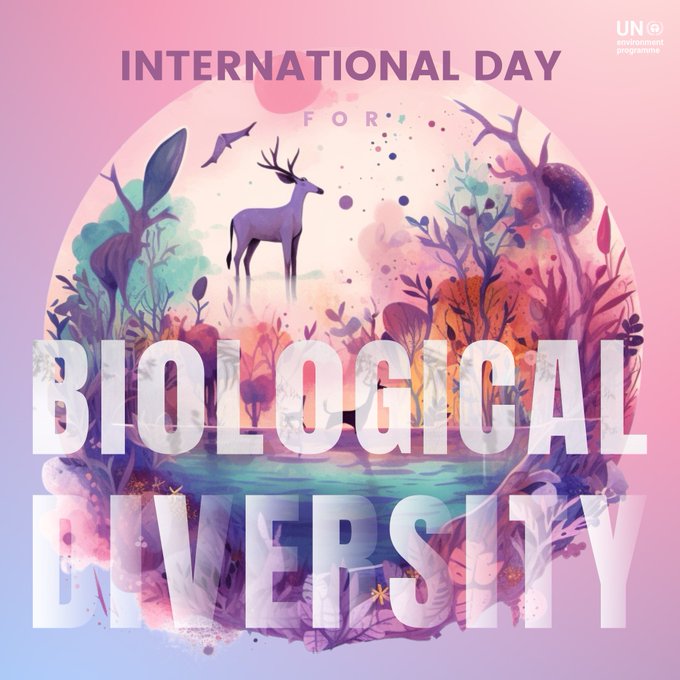
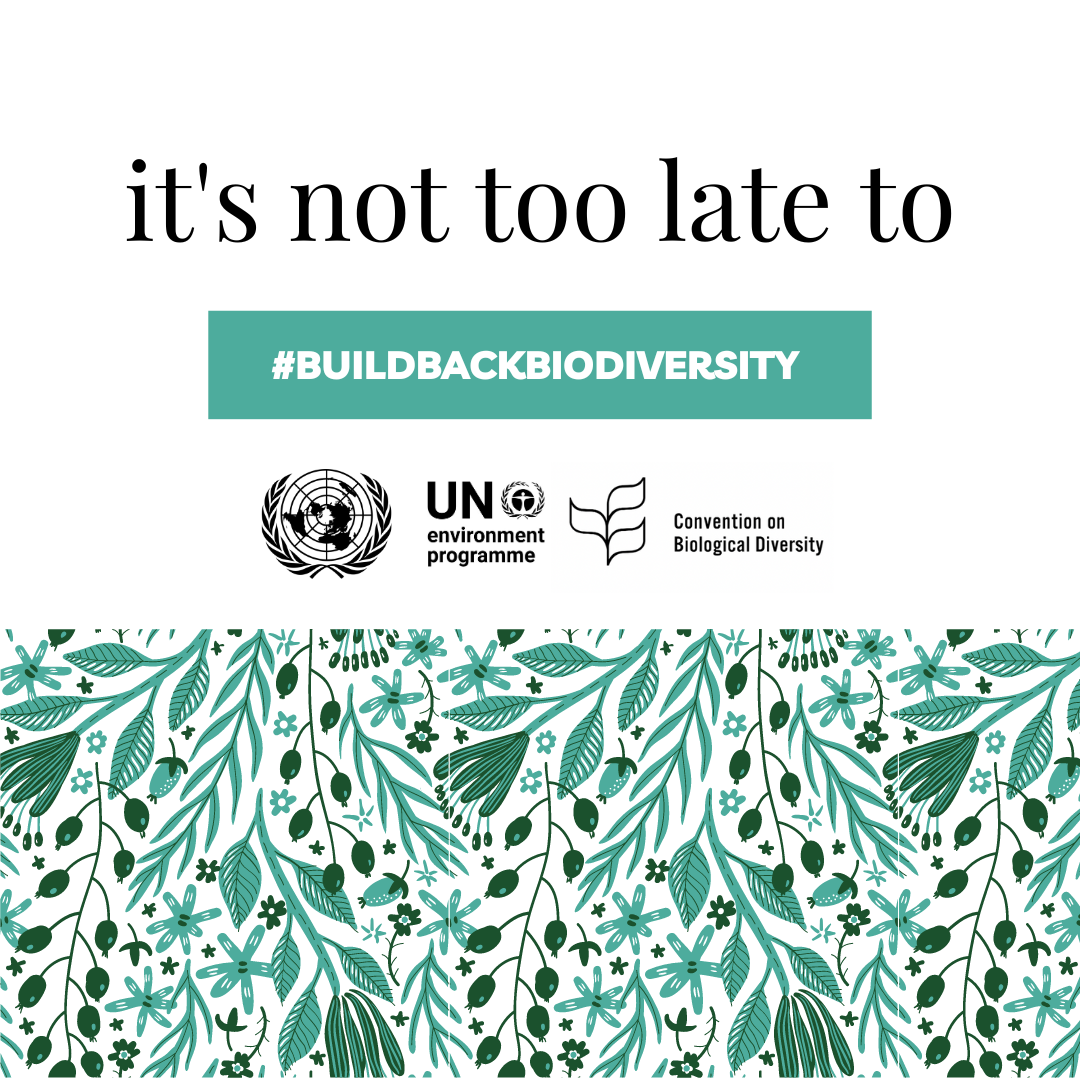
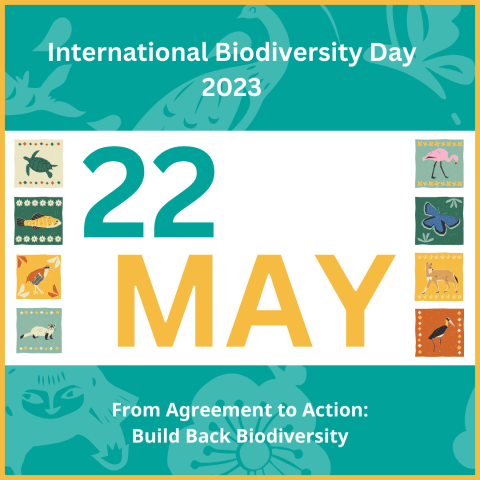
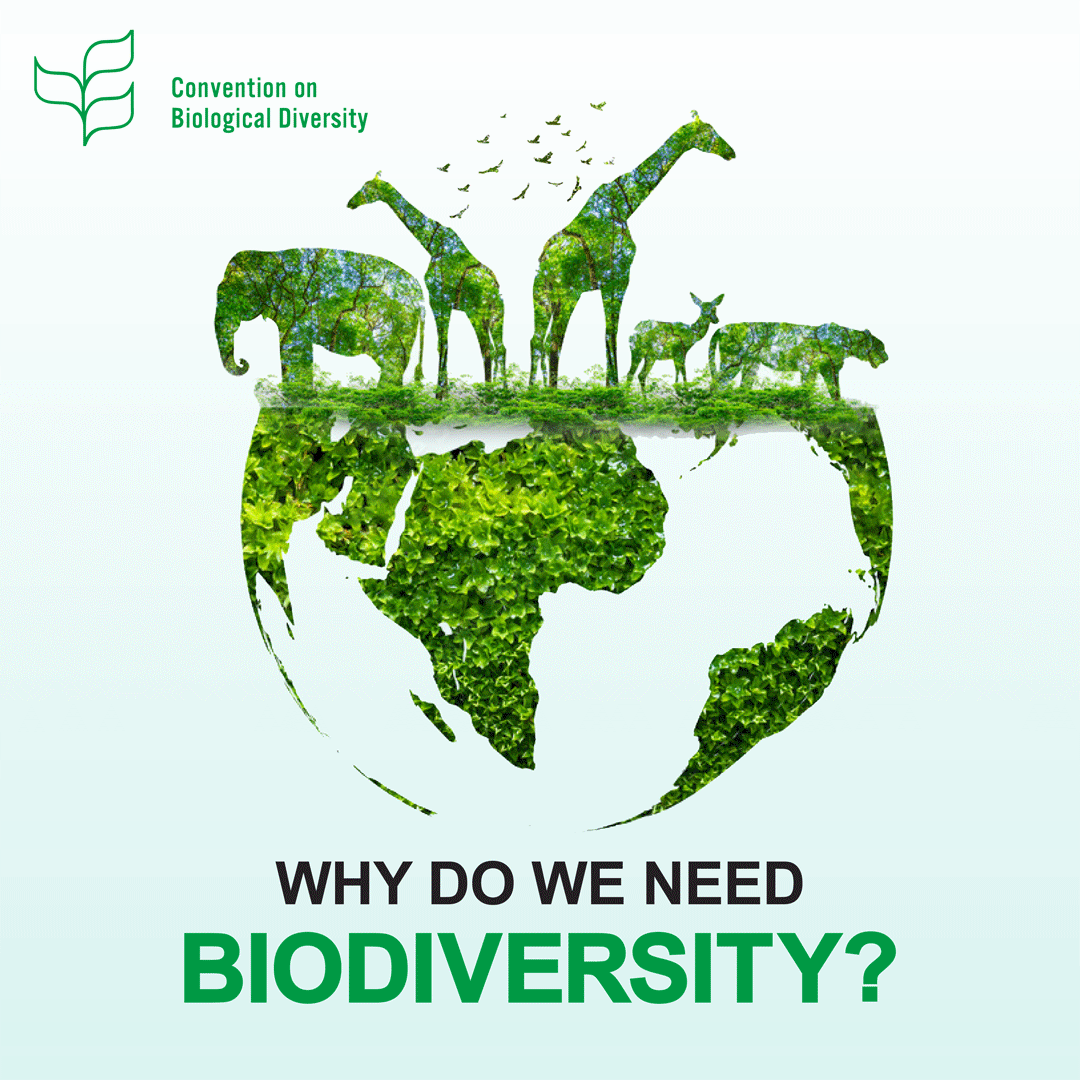


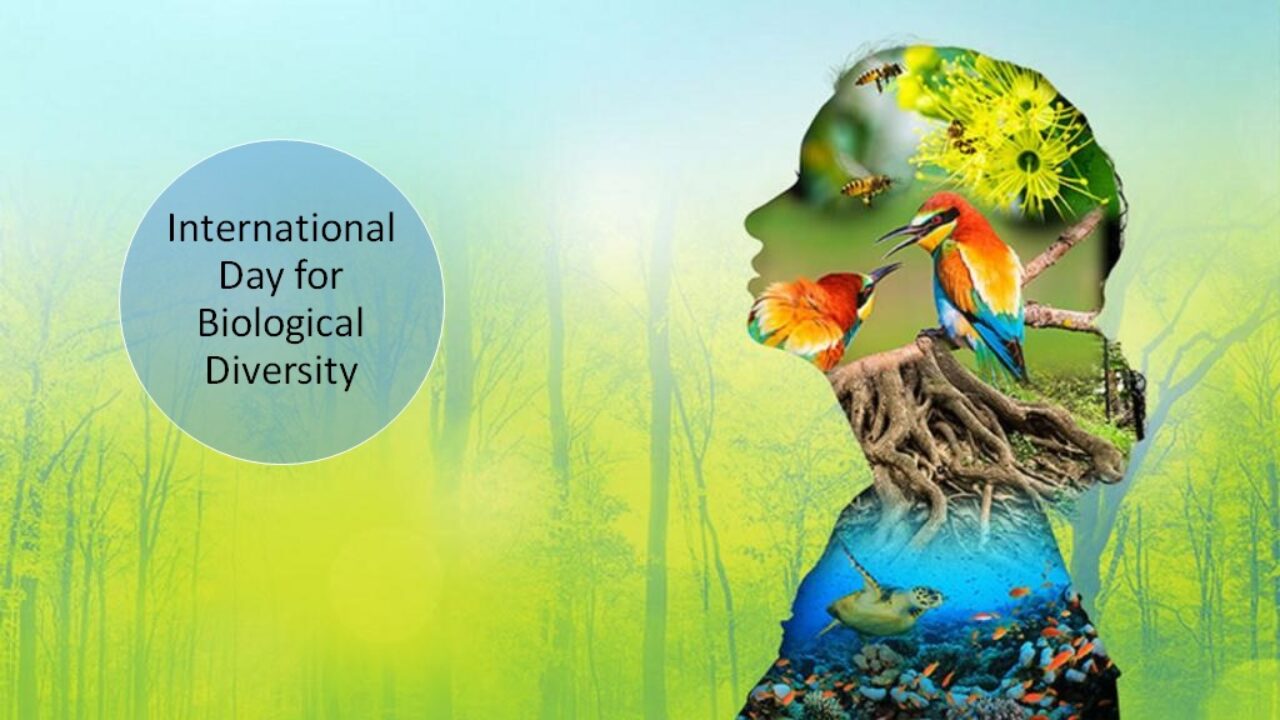


No comments:
Post a Comment